In the race toward sleek, all-in-one streaming amplifiers and wireless speaker setups, the hi-fi world seems hellbent on tossing tradition out with the speaker cables. Convenience is king, and separates are increasingly seen as relics of a bygone era—like ashtrays in cars or liner notes you could actually read. But in this mad dash toward minimalism, we’re losing something vital: the proper pre-amplifier. And that’s no small sacrifice. The preamp isn’t just a volume knob and a few inputs—it’s the beating heart of your system. It’s where signal integrity, gain structure, analog finesse, digital decoding, and yes, some personality all converge. Ditch it, and you don’t just lose flexibility and control—you lose soul.
Hear me out for a second. I just spent two weeks criss-crossing the Mediterranean, consuming enough espresso to make Francesco Sanapo stage an intervention. And maybe it was the brutal heat frying my brain like a tourist on Santorini at noon, but something kept standing out.
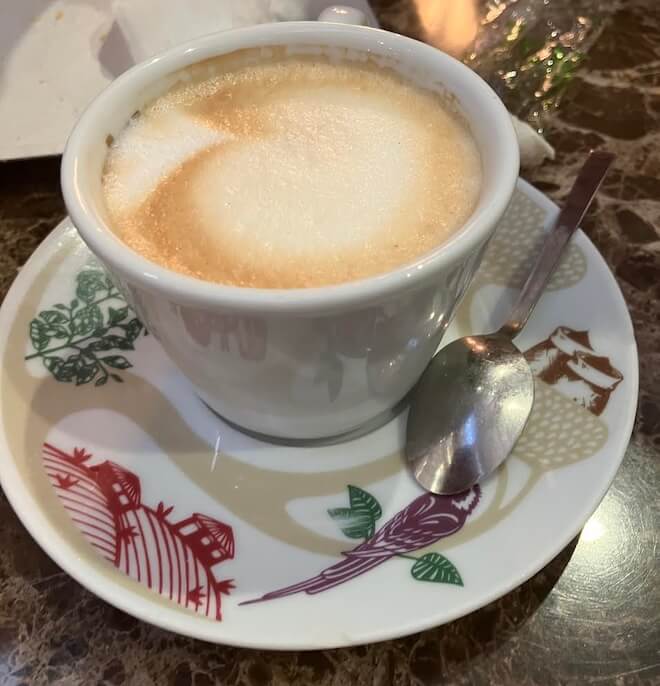
Every café I stumbled into—some hole-in-the-wall in Cannes, a waterfront shack in Dubrovnik, a dive in Corfu run by a guy who looked like he once toured with Aphrodite’s Child—had its own take on coffee. Some were fantastic. Some tasted like the inside of a rental Fiat. But each cup, good or bad, had personality. It had intent. It had character. Even the bad ones made you feel like someone gave a damn—like the person pulling the shot had an opinion and wasn’t afraid to express it with caffeine.
Contrast that with this morning, back home on the Shore, where a thunderstorm knocked out power at my local café. So, against all my better judgment, I wandered into a Starbucks. And I swear, the place felt like a deleted scene from THX 1138. The staff were all dressed the same, spoke like they’d just escaped from a corporate HR retreat, and moved with the enthusiasm of overmedicated sloths. I waited 12 minutes for something that tasted like scorched milk and existential despair. The décor didn’t help either—pure hospital chic. If beige had a smell, that place reeked of it.

And here’s the thing—it got me thinking about some of the network amplifiers and “just-add-speakers” hi-fi systems floating around right now. Sure, they’re convenient. They stream. They fit on a shelf. They work. But they’re starting to feel like that Starbucks experience: efficient, lifeless, and completely devoid of soul. Everything’s locked down, uniform, and stripped of color.
That’s what a proper preamp brings back. Color. Tone. Texture. Character. You’re not just toggling inputs and adjusting volume—you’re restoring personality to the system. Without it, your signal chain might as well come with a name tag and mandatory khakis.

The preamp isn’t just a utility device, it’s the nerve center. It shapes the music before it hits the power amp. It decides what gets heard and how it gets heard. Whether it’s a tube design injecting some welcome harmonic warmth or a top-tier solid-state unit delivering clarity with surgical precision, the preamp can make or break a system.
Stripping it out for the sake of simplicity? That’s like replacing a sommelier with a QR code. You get something functional, sure. But don’t pretend it’s the same experience.
And since we’re on the subject, let’s talk phono preamps—the unsung heroes of the analog revival. With more people either stumbling back into vinyl or downsizing their big-rig setups, the phono stage has become more relevant than ever. It’s not just a box with RIAA curves and gain settings—it’s the gateway drug to analog bliss. A good phono preamp can elevate even a modest turntable into something truly compelling. A bad one? It’ll make your cherished records sound like they’ve been run through a wet newspaper.

Vinyl isn’t just nostalgia—it’s a tactile, immersive format that demands proper respect in the signal chain. If your phono stage is an afterthought or buried inside a budget integrated amp, you’re doing your records—and your ears—a disservice. Investing in a high-quality phono preamp isn’t a luxury. It’s table stakes.
Your System Isn’t Broken—It’s Just Boring: Why Tone, Balance, and Volume Controls Still Matter
I’m sure there are plenty of you who were thrilled to ditch the pre-amplifier, and I was one of them—because I made the move to integrated amplifiers over a decade ago. It was cheaper, the sound quality improved enough to make it a viable alternative, it saved space, and there were fewer cables to trip over or curse at. Over the past 28 years, I’ve owned more than a few preamplifiers: OCM, Art Audio, Copland, Emotive Audio, Audio Note, Blue Circle Audio, Fi, and Schiit Audio—exhale.
In almost every case—except for the Copland, which broke far too often to justify keeping, and the Emotive Audio Sira, which had 18 tubes that turned replacement into an expensive exercise in patience and profanity—the preamp improved the sound of my system immeasurably.
Life’s about color, tone, and finding your own balance—not some sterile glass tabletop setup that looks like it belongs in a ’90s hi-fi manufacturer’s cocaine-fueled listening event. You know, where the speakers cost more than a car and the egos are just as inflated. Tony Montana had nothing on these guys—ironic, since they sold some of the most expensive pre-amplifiers ever made. Had to be there, I guess. Meanwhile, some of us were perfectly happy kicking back with a cold Chinotto and a deep-fried panzerotti, actually enjoying the music instead of pretending to sniff out imaginary nuances between lines of nose candy.

Now that I’m in the process of integrating what I own into three different homes—all smaller—I’ve come to the realization that in a few cases, I definitely need a pre-amplifier. Why? Because I’m one of those people who still uses everything: streaming, CDs, vinyl, AM/FM, and even movies and TV with every single system. Convenience is nice, but versatility is non-negotiable. And trying to do all of that without a dedicated preamp? It’s like juggling chainsaws with oven mitts—technically possible, but you’re going to drop something important.
That said, it’s also worth acknowledging where the landscape has shifted. A lot of what traditional preamps used to handle—EQ controls, balance, bass and treble adjustment, even volume—has been folded into control apps. That’s not just limited to amplifiers or streamers either; wireless headphones, smart speakers, even TVs now offer digital control layers. And let’s be honest, the convenience is hard to ignore.

But here’s the rub: not every control app is created equal. Some are intuitive and rock-solid. Others feel like they were designed by someone who thought latency and random crashes were features, not bugs. When it works, it’s great. When it doesn’t, you’re swearing at your phone like it owes you money. Room correction software, though—that’s the real ace in the deck. It’s genuinely transformative and a massive reason why many modern systems can sound so damn good out of the box.
What this all means is that a 21st-century hi-fi system needs to offer a smart mix of old-school fundamentals and new-school adaptability. But—and this is a big one—it also means that dropping serious cash on a traditional preamp in 2025 might not be the wisest investment. The market has hollowed out. You’re either buying something ultra-affordable that gets the job done, or you’re going full yacht-club with something stratospherically priced. The middle ground? Pretty much vanished.
Still rocking a preamp in your system? Drop it in the comments—what are you using and why? Vintage tube magic, modern solid-state precision, or just stubborn refusal to go full app-control? Let’s hear it. No wrong answers… unless you’re running Bluetooth into a $10K phono stage. Then we need to talk.
Related Reading:
- Vincent Audio SA-T7 Diamond Tube Preamplifier Features Ultra-Rare PCF803 Telefunken Tubes
- Schiit’s Saga 2 Preamp Adds Balanced Outputs
- Schiit Audio’s Vali 3 Hybrid Headphone Amp and Preamp Can Be Your Desktop Hi-Fi Hub

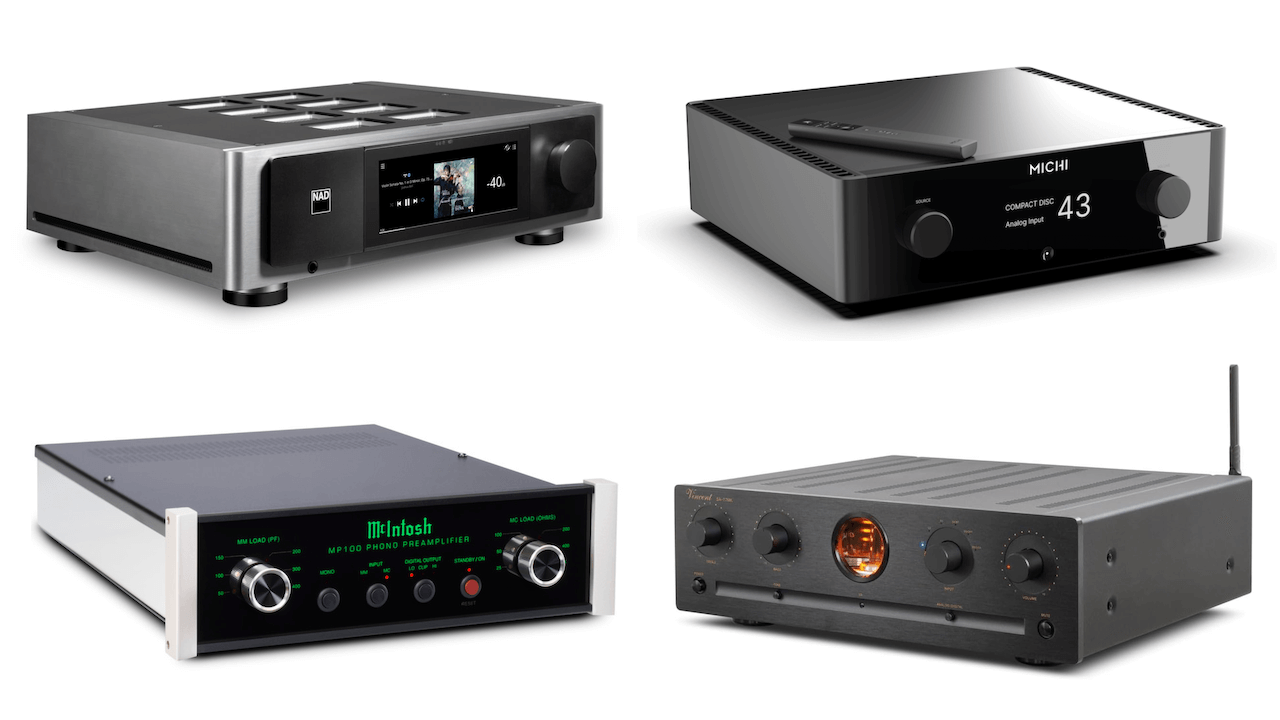


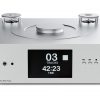
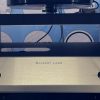














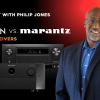




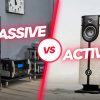
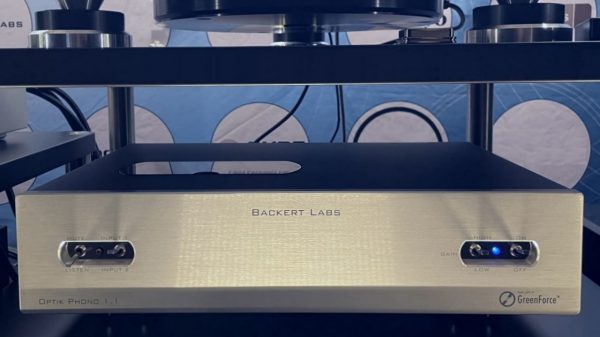
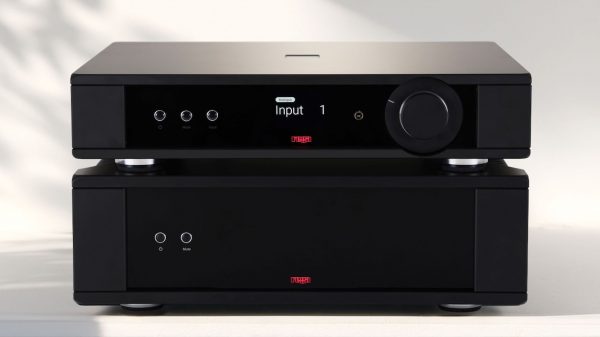
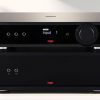
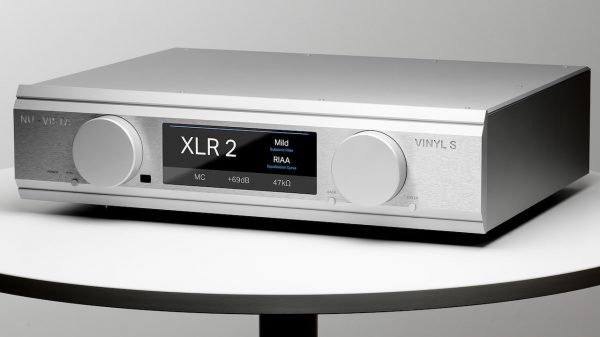
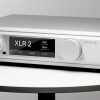
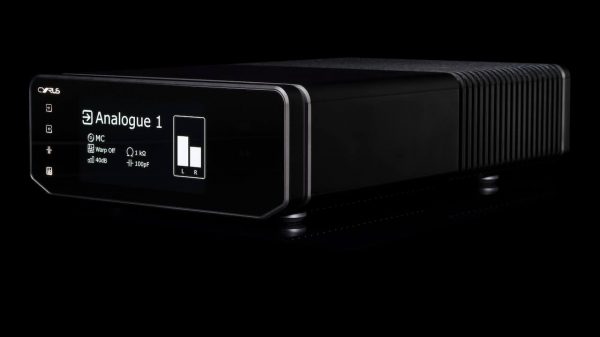
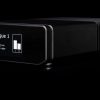
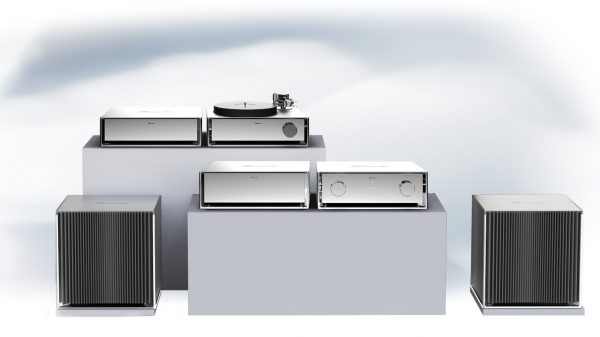
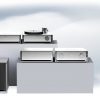


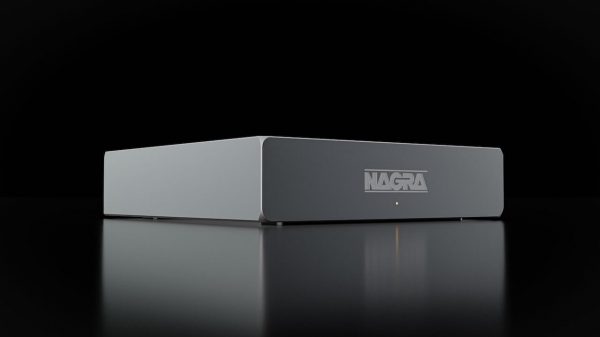
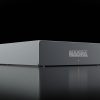
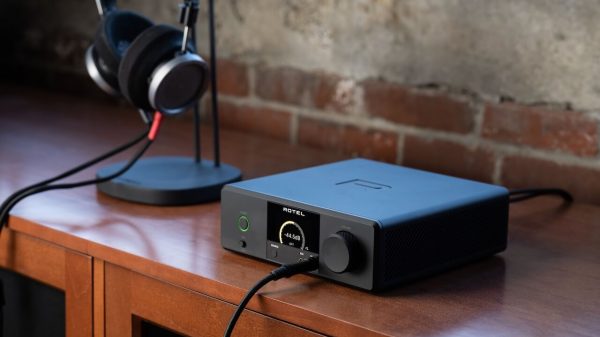
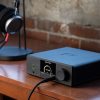











Mike
July 17, 2025 at 1:28 am
I still rock a preamp. I recently moved from a Rogue preamp to a Trinnov Amethyst. Rogue preamps are superb pieces of kit. They have character in spades. But I yearned for the convenience of solid state coupled with room correction. Since I have gone completely digital streaming Roon is an added plus. If I decide to go back to my vinyl addictions the Trinnov can accommodate that too, one vice at a time though… I find that all in one streaming devices are nice for background listening but for serious listening nothing beats separates.
Ian White
July 17, 2025 at 11:08 am
Mike,
That’s a nice jump from the Rogue to a Trinnov. I concur that the room correction feature has become almost essential these days.
IW
Mike Madigan
July 17, 2025 at 10:58 pm
I still use my Hafler DH-101 I built as a kit in 79 in one system. An Emotiva USP-1, and 2 older NADS in others. Been contemplating on upgrading.
Ian White
July 17, 2025 at 11:31 pm
Mike,
I’m starting to regret selling my better preamps. Should have kept the Audio Note and Fi.
I did some research and there are a lot of used preamps for sale online.
Looks like I made a mistake.
IW
Larry W
July 20, 2025 at 2:28 pm
Great advice! I sold good audio for a living for 40+ years and couldn’t agree more. You can now get really good sources (high res streaming) and speakers (Magnepan and Mobile Fidelity to name two) for $1000 to $3K. Likewise with power amps around $2K. Put these together with an under $2K solid state pre amp or most home theater pre amps and you’ll never hear what the rest of the system can do. The improvements in dynamics, noise floor, resolution, bass quality, soundstage, and more from a really good pre amp are far from subtle. Vinyl can be a high resolution source as well, but that requires $3K or more for the ‘table and cartridge and a much better than average phono pre amp. Some pre amps under $5K have very good phono pre amps built in, they don’t have to be a separate box.
Steven Slawther
July 18, 2025 at 7:19 pm
I haven’t used an integrated in my main system for years so I am used to having a pre. I started with an Audio Analogue, moved to Croft (good sound but unreliable) and for 10+ years have had a VTL with internal phono stage. It drives a ss Musical Fidelity power amp with KEF Reference speakers. I mostly play vinyl and love it! No idea where I could go after this.
Ian White
July 18, 2025 at 8:53 pm
Steven,
I owned a Croft Phono Integrated for 4 years. I really liked it but when Glenn passed away, I had zero confidence that it could be serviced. Sold it. VTL definitely made some quality pieces. Luke was also good with service.
IW
David
July 17, 2025 at 3:37 am
I have only ever owned receivers. I have often wondered what benefits separate components would bring to my experience but I am too much a minimalist and a dirt cheap bastard to boot.
Ian White
July 17, 2025 at 11:11 am
David,
A good preamp has been a game changer for me in specific systems. The ability to test 2-3 different CD players or turntables helps on the reviewing front and they do add a different flavour to the sound. And some impact the perspective a great deal.
IW
irenee Grand
July 17, 2025 at 6:21 am
I don’t stream at all, just listening mainly to CDs rather than Vinyl, and over the years and several very good preamps (50 years …) I am just upgrading my LTA MicroZTL 2 preamp(8 Years old) to the new LTA Velo because you can’t beat the magic it brings to the sound. And will be playing with tubes rolling and having sooooo much fun.
Ian White
July 17, 2025 at 11:12 am
Irenee,
LTA makes great kit. I’ve enjoyed every experience with their products. Having once owned a preamplifier with 18 tubes, the concept of “tube rolling” stopped being fun.
IW
Freeman Cook
July 17, 2025 at 8:29 pm
Hi Ian,
I still use a Cambridge 840E. I bought this with the 840W power amp but that blew up (literally) an few years back and I replaced with NAD power amp. It has now be in my system for more than 15 years and is still going strong. The interesting thing is how coupling with the NAD has resulted in a wider sound stage and better control than the 840W.
I like separates as when one breaks you are not having to replace the whole thing, as I had to do when my Marantz integrated amp could not be repaired. I don’t stream but do have a lot of HD recordings and CDs stored on a hard drive which is connected via a Cambridge CXUHD and Schiit bifost. This works well except for SACD as the 840E does not have an arc HDMI input.
Freeman
Ian White
July 17, 2025 at 11:35 pm
Freeman,
It’s fascinating to me how many people are still using preamps. I have 3 external phono preamps, which probably should have been my “oh right” moment.
Looks like I’ll be doing some used preamp research this summer.
How old is the Cambridge?
My Audiolab 6000A can be used as a preamp but would require something warmer and more powerful than its own internal amplifier for it to work for my purposes.
IW
Freeman Cook
July 21, 2025 at 8:19 pm
MY Cambridge 840E preamp has been in my system for at least 15 years. With the NAD d class power amp it works really well.
Cheers,
Freeman
Ian White
July 23, 2025 at 11:55 am
Freeman,
I found some older reviews of it and now I’m deeply curious.
IW
Magz
July 18, 2025 at 11:48 am
Agree that the preamp is vital, but I could never find gear that satisfied me, so I learned how to build my own. I now have a DIY UX-201 tube preamp and DAC with an autoformer volume control on the output, feeding DIY 833C transmitter tube mono SET amps. Phono Stage is a highly DIY modified Supratek Chenin. Speakers are highly DIY modified Infinity RSIIb.
Something about 100 year old thoriated tungsten filament DHTs does it for me. YMMV.
John Hills
July 19, 2025 at 10:20 am
Great article!
I have recently added back in a dedicated pre-amp, Lejonklou Superkikkin.
For many years I’ve been running Linn streamer/pre combos, which of course use digital volume control.
Now I have a Linn Klimax DSM/1, but with fixed output into the new Lejonklou Pre.
The Superkikkin has just two phono inputs, but this is perfect for me to input the Linn as well as my turntable, which comes in via a Michael Fidler Spartan 15 phono stage (another great recent buy)
The music from both sources is now so lovely, it’s like the streamer and the TT have been released to show their true potential.
I certainly won’t be giving up this pre-amp.
Ian White
July 19, 2025 at 1:15 pm
John,
That sounds like a really nice set-up. Will have to investigate that preamp.
IW
Rad Traian
July 19, 2025 at 3:48 pm
Hello all ,I still use Denon PRA 1500 and Denon DAP 2500A with Hypex NC252MP 150w and Onkyo Integra M5060R 130w,duall monoblock and 930w power consumption,Onkyo is from 1979 and stil work great for me and my ears Denon s are made in 1981 and 1984 vintage but can beat more things on the today market,both of them.Onkyo is fully recapped on music path and have big VU metters it s magic to watch them in action,I have two systems and three pairs or speakers Focal Chorus 807 v for medium listening,Klipsch RB 81MKII for bumtzi bumtzi ,Dynaudio Contour 20i for critical listening so nothing expansive but good stuffs for me.
I think it depends about some things,today everything is made to be used by all easy,streaming is not real music,CD and vinyl are real.Everythinhg is beautyfull from to walk to the rack and change the cd or to made some sound corrections to preamp ,or to change some cables or to compare two sets of speakers,if the amp supports this,and to stay in your chair and drink an good wine late night… .In streaming just take remote control push play and that s all,nothing is magic in this people are too stressed to pay attention to real music if sound something on back ,is ok but doesn t matter how it s sounds on stream …
Ian White
July 19, 2025 at 4:44 pm
Rad,
Love it. And those Dynaudio is super good speakers.
IW
Stephen
July 19, 2025 at 4:25 pm
With the advent of CD (in the early 80s – yes, I am that old) I discovered very quickly that most contemporary pres and integrated were “overloaded” by the output signal making CD sound “harsh” when it wasn’t. The obvious answer was a passive-pre. Choice was limited back then but I really liked the ModSquad (deluxe version) and the rest, as they say, is history. Still use it every day with a Wadia 301, Moon Mind dedicated streamer and a PS Audio DAC. The sound is so open and analogue. I have found the only thing that compares are other passive-pres.
Ian White
July 19, 2025 at 4:46 pm
Stephen,
ModSquad. Was that a Steve McCormack design? I have a memory of that one. Wadia 301 was/is super nice. John Schaffer made amazing equipment in Michigan. Some of the finest CD players and transports ever made.
Did you find that the passive squashed dynamics somewhat? I had a passive pre that was custom made for a specific power amp and while it was wonderfully transparent sounding, system dynamics kinda suffered.
IW
Todd
July 20, 2025 at 4:56 pm
I’m running a few different setups, but my favorite is comprised of separates. I still have two old school Marantz setups, because I can’t bring myself to get rid of what I grew up on. One has a Marantz 2270 at the helm, with a 6200 TT, and while I have loved this many years, it’s in storage until our new home, with a dedicated listening room is built next year. At my office I have a Marantz 4240 with a basic 80’s Technics SL-Q202 TT, and a set of SP-X9000, and a set of SP-X9700 speakers. My current home setup is the McIntosh 70th Anniversary MC2152 & C70, my first ever individual components, along with a Mark Levinson 5105 TT. They are paired with Legacy Aeris speakers and the Wavelet DAC/room correction, and I am currently deciding on which streaming device and SACD to add.
Although I truly enjoy my old systems, I am more immersed in the process of figuring out which individual components than I ever thought possible. What a great time tinkering around with this hobby has become!
Paul Rees
July 21, 2025 at 6:03 am
I recently purchased a Bluesound Node Icon streamer. Lovely bit of gear. As it can also be used as a pre-amp, I thought I would leave the Bryston pre-amp out of the loop and go straight from streamer to the Bryston power amp. I listened to it for about half an hour and put the pre-amp back in. No comparison whatsoever. Sound was digital and sterile without the pre-amp. With pre-amp, so much more musical and enjoyable.
Ian White
July 21, 2025 at 10:00 am
Paul,
It’s fascinating to me how all of the comments so far have shared almost the same sentiment and experience. Without a good preamp, systems lose something quite audible that impacts our enjoyment of the music.
IW